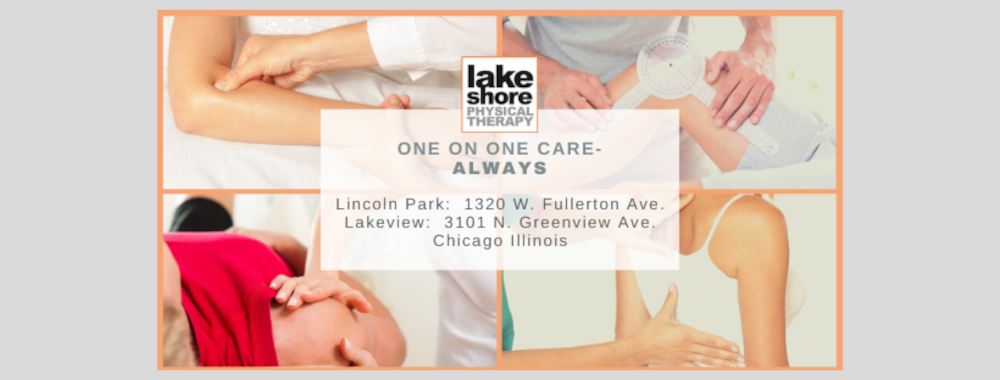 |
| by Jill Jonda, PT |
You’re 34 years old with a 9-5 desk job, but you still regularly
go to the gym and play a couple pick-up games of basketball a week. One day you
wake up and have nagging, gnawing pain just to the right of your spine in the
low back. You wait a couple days and it’s not getting any better: in fact it’s traveling into your right buttock. You think, “But I’m just 34 years old!
What’s happening to me?”
Unfortunately, this is a pretty common internal dialogue. According
to the NIH, about 8 of 10 adults will experience back pain at some point in
their lives. Luckily, physical therapists are equally as used to diagnosing and
treating back pain, and the McKenzie Method of Mechanical Diagnosis and Therapy
(MDT) is a well-studied, noninvasive approach for diagnosing and treating pain
of a mechanical origin (mechanical pain).
But what is “mechanical pain?”
Mechanical pain is produced when a stress or force is placed on an
anatomic structure and can be aggravated or relieved with greater or less
deformation on those tissues. You can demonstrate this easily with just a
finger: if you bend your index finger backward to the point of resistance, you’ll
experience a strain. Initially, it’s uncomfortable but as you hold it there, pain
– the brain’s way of saying to the body, “Stop doing that!” – starts to set in.
Once you relieve the stretch on the finger, the pain should subside. The same
is true of mechanical pain: many times it completely goes away once the
mechanical stress is eliminated.
More often than not, back pain originates from mechanical stress.
The spinal column consists of vertebrae and intervertebral discs, which sit
between each vertebra. The disc is a very mobile structure consisting of 2
layers – an outer fibrotic layer and an inner gelatinous layer – kind of like a
jelly donut. When we flex our spine (bending forward and rounding it), we put
greater mechanical stress on the front portion of the disc. The disc becomes
displaced backward to the area of least pressure. This generally isn’t a
problem, but repeated force on the front portion of the disc can cause the back
portion to weaken and start to bulge. The bulge can press on nerve and/or other
tissues along the spine, causing pain in areas away from the spine, such as in
the buttock or even into the leg (sciatica). Eventually, a bulged disc can lead
to a herniation: the jelly center of the disc begins to squish out of the fried
dough part, and that’s not ideal for donuts or spines.
As physical therapists, it’s our job to evaluate each of our
patients and treat the not only the symptoms but also the cause of their pain, while
also preventing similar pain to return in the future. I know my patients think
I’m the “posture police,” but for those with pain originating from either the
cervical or lumbar spine, I always recommend sitting with good lumbar support
in a firm chair to promote a neutral spine. Sitting with slouched posture is
bound to produce some sort of mechanical pain, either in the neck or low back,
because of the stresses placed on the spine. Also, if sitting is bothersome,
stand up and reverse the curvature in your spine by walking around for a few
minutes. Remember, you should see your PT or healthcare provider if your
pain isn’t improving. We can help you stand (and sit) corrected!
Resources:
Treat
Your Own Back by Robin McKenzie

